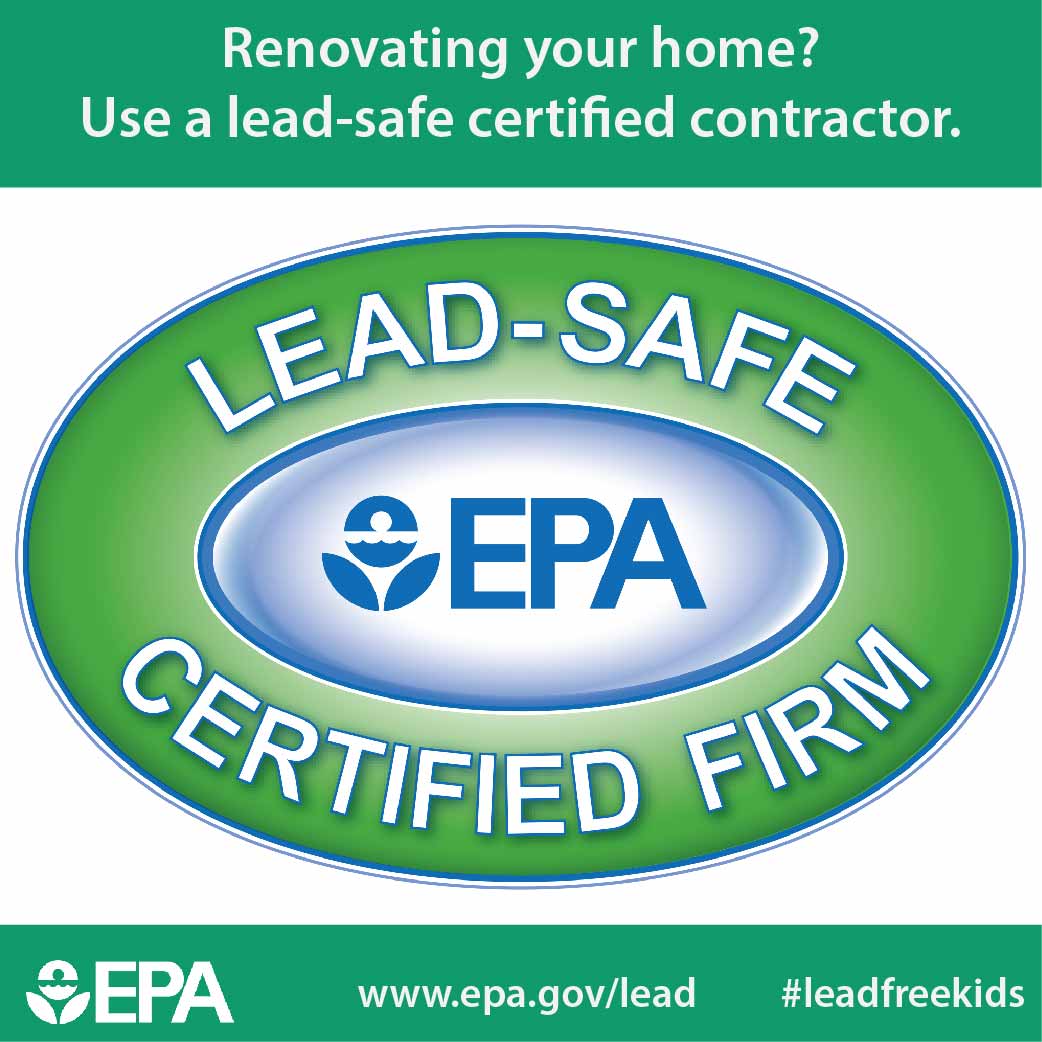Discover The Effect Of Seasonal Elements On The Performance Of Industrial Exterior Painting And Recognize The Ideal Times To Achieve Enduring Outcomes For Your Project
Discover The Effect Of Seasonal Elements On The Performance Of Industrial Exterior Painting And Recognize The Ideal Times To Achieve Enduring Outcomes For Your Project
Blog Article
Material Develop By-Leach Urquhart
When you're intending an industrial exterior paint job, seasonal variables can make or break your outcomes. You'll wish to consider how temperature and humidity impact paint application and drying out times. Choosing the best season can ensure your paint sticks appropriately and lasts much longer. However which seasons are absolutely the best for this sort of job? Allow's discover the crucial elements that can impact your task's success.
The Impact of Temperature on Paint Application
When you're preparing a business exterior painting job, the temperature can substantially affect just how well the paint sticks and dries out.
Preferably, you intend to repaint when temperature levels range between 50 ° F and 85 ° F. If it's too cold, the paint may not cure correctly, resulting in issues like peeling or splitting.
On the other side, if it's too hot, the paint can dry out too swiftly, preventing appropriate attachment and causing an irregular coating.
You must likewise take into consideration the moment of day; morning or late afternoon uses cooler temperature levels, which can be much more positive.
Constantly inspect the maker's referrals for the particular paint you're utilizing, as they commonly provide support on the perfect temperature level range for optimal results.
Moisture and Its Result on Drying Times
Temperature isn't the only ecological factor that affects your industrial exterior paint task; moisture plays a considerable function too. High humidity levels can reduce drying out times substantially, impacting the total quality of your paint task.
When the air is filled with wetness, the paint takes longer to cure, which can cause concerns like inadequate adhesion and a greater danger of mold growth. If you're painting on an especially humid day, be prepared for extended wait times between coats.
It's essential to monitor local weather and strategy as necessary. Ideally, house painters for humidity levels between 40% and 70% for ideal drying out.
Keeping these factors in mind ensures your project stays on track and supplies an enduring coating.
Best Seasons for Commercial Exterior Paint Projects
What's the most effective time of year for your business exterior paint tasks?
Spring and early loss are typically your best bets. During these seasons, temperature levels are light, and moisture degrees are typically lower, creating optimal conditions for paint application and drying.
Stay clear of summer's intense heat, which can cause paint to completely dry too promptly, causing inadequate bond and finish. In a similar way, wintertime's chilly temperature levels can prevent proper drying out and treating, taking the chance of the durability of your paint work.
Aim for days with temperatures between 50 ° F and 85 ° F for optimal outcomes. Remember to examine the local weather report for rainfall, as damp problems can spoil your task.
Planning around these aspects ensures your painting job runs efficiently and lasts longer.
Conclusion
Finally, planning your commercial exterior paint tasks around seasonal factors to consider can make a significant distinction in the end result. By scheduling job throughout the ideal temperature levels and humidity levels, you'll make certain much better attachment and drying out times. Remember to keep an eye on regional weather forecasts and select the right time of year-- spring and early loss are your best options. Taking ceiling painter will help you achieve a sturdy and specialist surface that lasts.
